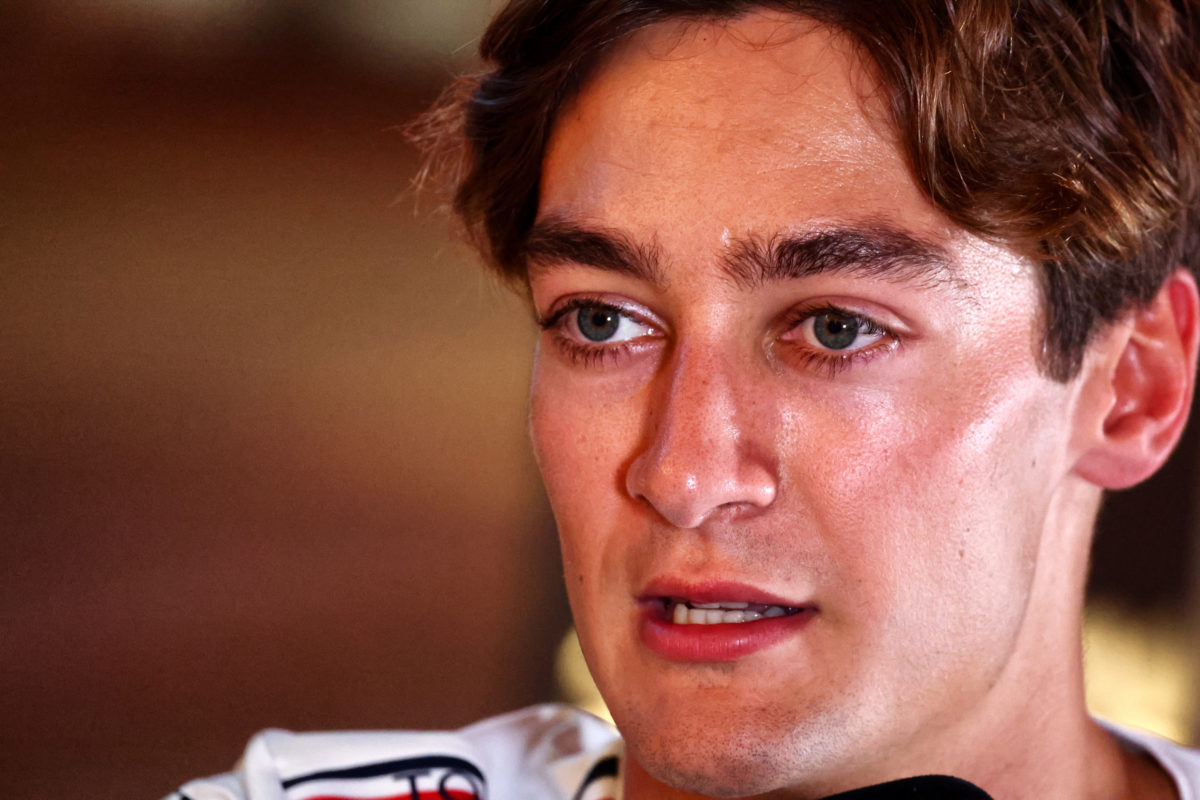

George Russell has countered the surprising criticism that F1 drivers should have been fitter to contend with the extreme weather conditions posed by the recent Qatar Grand Prix.
Racing for over 90 minutes in oppressive heat and humidity at the Lusail International Circuit left a number of drivers ill and requiring medical attention afterward for severe hydration and heat stroke.
The FIA made clear the day after the event that it would review the extreme circumstances due to the fact the drivers “should not be expected to compete under conditions that could jeopardise their health or safety”.
Gerhard Berger, however, was one of those who questioned the fitness of the drivers.
Quoted following an interview on Servus TV, the former Ferrari, McLaren, and Benetton driver said it was “simply a matter of fitness”.
The 10-time grand prix winner added: “If you’re in great shape, you won’t get sick. It’s a fitness problem and a circulatory issue.”
Even Sky Sports F1 pundit Martin Brundle, who competed in 158 races, remarked that he did not “buy into the weak view” that F1 should not put the drivers through a challenge such as Qatar.
He added: “It’s races like Qatar and very rainy days that make F1 drivers look like the heroes and athletes they are.”
Mercedes driver Russell was left far from impressed with such remarks.
“I train substantially for the heat,” countered Russell. “I train in three layers of clothes ahead of these hot races. I do a huge amount of saunas to adapt to the heat.
“These guys who are commenting on this, we are driving laps 20 seconds a lap faster than they were, in the corners pulling 5G, every single aspect.
“Of course, we need to be gladiators, but when it comes to the heat there’s only so much the body can take.”
Drawing on the World Cup in Qatar at the end of last year, Russell added: “They added three-minute water breaks twice throughout the game.
“They had a 15-minute half-time break, and we were driving flat out for 90 minutes on a super high-speed, high downforce circuit with temperature and humidity that were horrific.”
One of the major aspects for Russell is the nature of today’s F1 cars compared to those of yesteryear, notably with regard to the array of heat-generating components that sit around a driver’s cockpit, adding to the soaring temperatures.
“I know from the drivers, some of them who suffered from heat stroke were ill for the week following as well,” he remarked, with good friend Alex Albon one of those.
“Anybody can say what they like but also the race cars in the ’80s and ’90s didn’t have all the electrical boxes around the cockpit, heating it up, and they didn’t have the power steering system running at 50-60 degrees radiating heat.
“We have hydraulic lines running all around the cockpit which are at 120 degrees, so the cockpit was closing in on 60 degrees Celsius throughout that race.
“And we have thicker fireproof underwear than they ever wore. Since the (Romain) Grosjean crash, the fireproofs are substantially thicker, so it’s like wearing a fleece.
“So, people can say what they like, things are different now, the same way things were different 40 years ago.”





















Discussion about this post